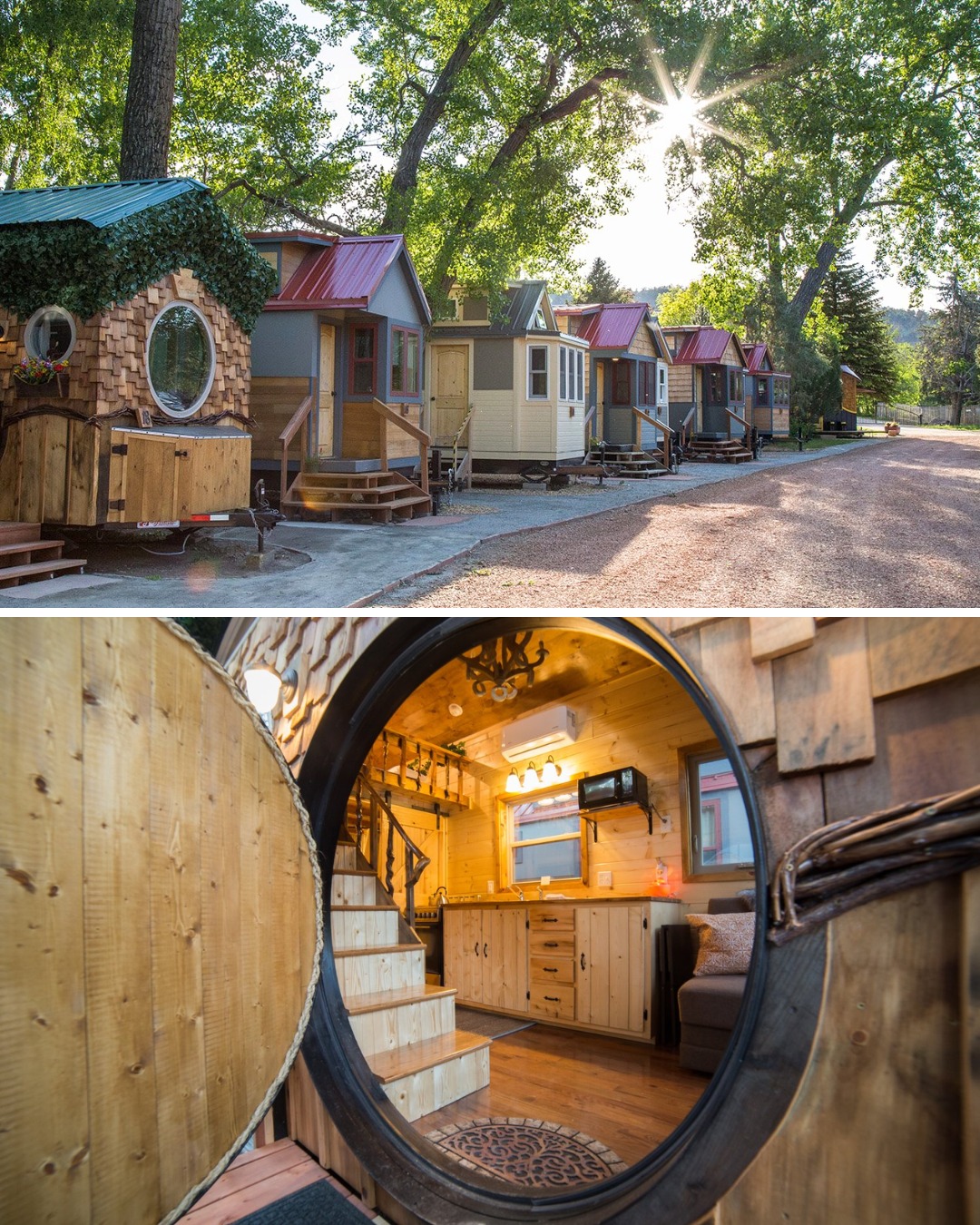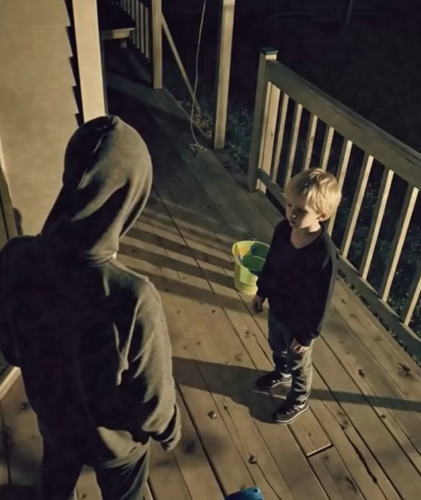How One Man Built Hobbit Houses and Turned Them Into a Goldmine
In a quiet village surrounded by rolling hills and untouched countryside, one man turned a simple idea into a tourist sensation—by building Hobbit-style tiny houses. What started as a creative project soon transformed his land into a whimsical retreat that attracted travelers from around the world—and earned him a small fortune in the process.
A Dream Rooted in Fantasy

Inspired by the enchanting world of The Lord of the Rings and the magical hobbit homes of the Shire, 33-year-old Rakesh (name for example) dreamed of creating a space that would bring childhood fantasies to life. Owning a small plot of land in his ancestral village, Rakesh wanted to do something different—not just for profit, but to spark joy and wonder in others.

“I thought, why not turn my land into something straight out of a fairy tale?” he said.
With some creativity, basic construction skills, and a clear vision, he began building tiny houses with round doors, earth-covered roofs, wooden interiors, and cozy fire-lit living spaces—exactly like the homes of hobbits.

Building the Dream
Rakesh used mostly locally sourced materials—wood, mud bricks, and stone—to keep construction costs low and maintain an eco-friendly footprint. With help from local artisans and a bit of online research, he completed the first hobbit house in under two months.
He added little details to make the homes feel truly magical: circular windows, mushroom-shaped garden lights, hand-carved furniture, and even a small pond with a wooden bridge.
Once the first house was ready, Rakesh posted photos on Instagram and Booking.com. He wasn’t expecting much—but what happened next surprised him.
Going Viral and Booking Out

Within weeks, the photos went viral. Travelers were enchanted by the fairy-tale design and the chance to “live like a hobbit”—especially in a peaceful village far from the noise of the city. Soon, bookings started pouring in.
“I had people messaging me from Europe, the Middle East, and across India. Some just wanted a weekend away, others wanted to shoot music videos or pre-wedding photos,” he recalled.
Encouraged by the demand, Rakesh built three more Hobbit houses, each with its own theme—one romantic, one family-friendly, and one for solo travelers. He added simple amenities like solar-powered lights, WiFi, and breakfast with a local twist.

A Boost to the Village Economy
Not only did Rakesh’s project become successful, but it also helped boost the local economy. He hired village workers, sourced produce from nearby farms, and even organized folk performances for guests on weekends.
“Tourism brought life back to our village,” said one local resident. “People now have work, and the village has become famous.”
From Passion to Profit
In just over a year, Rakesh had made back his investment—and was now earning thousands of dollars a month through bookings alone. He even started getting invitations to speak at entrepreneurship workshops and rural development forums.
His success has inspired others in nearby areas to explore sustainable, creative tourism models.
A Fairytale Ending
What began as a simple love for stories and nature became a profitable, life-changing venture. With his Hobbit village now booked months in advance, Rakesh continues to build new ideas—maybe a wizard tower next?
“People don’t just come here to stay,” he says. “They come to feel like they’ve stepped into another world.”






